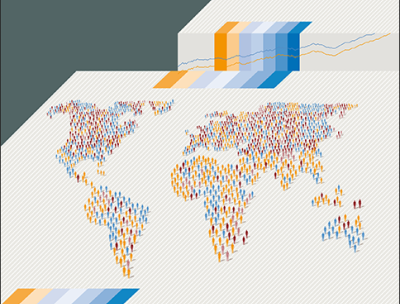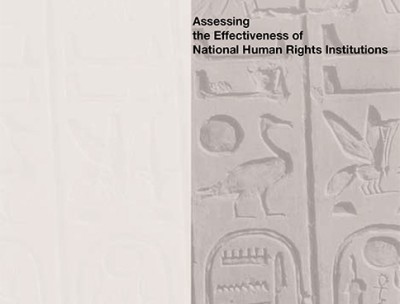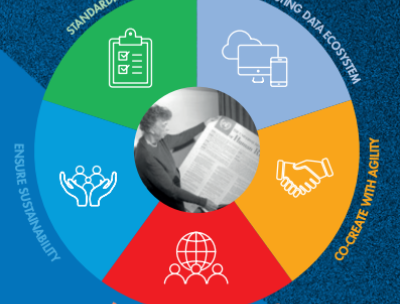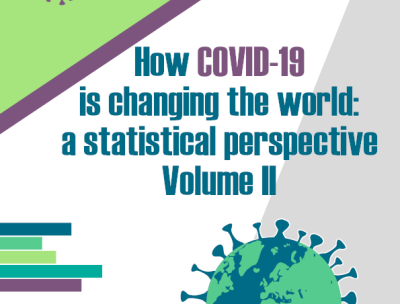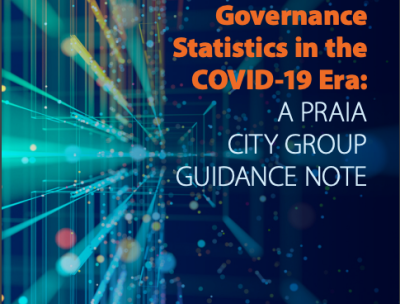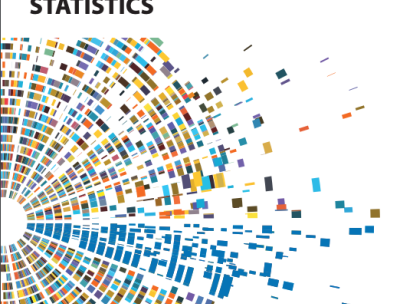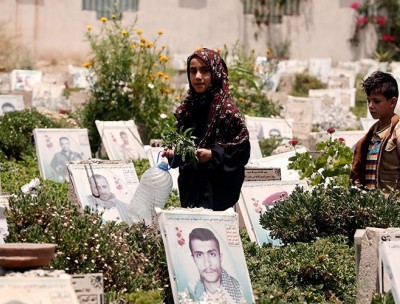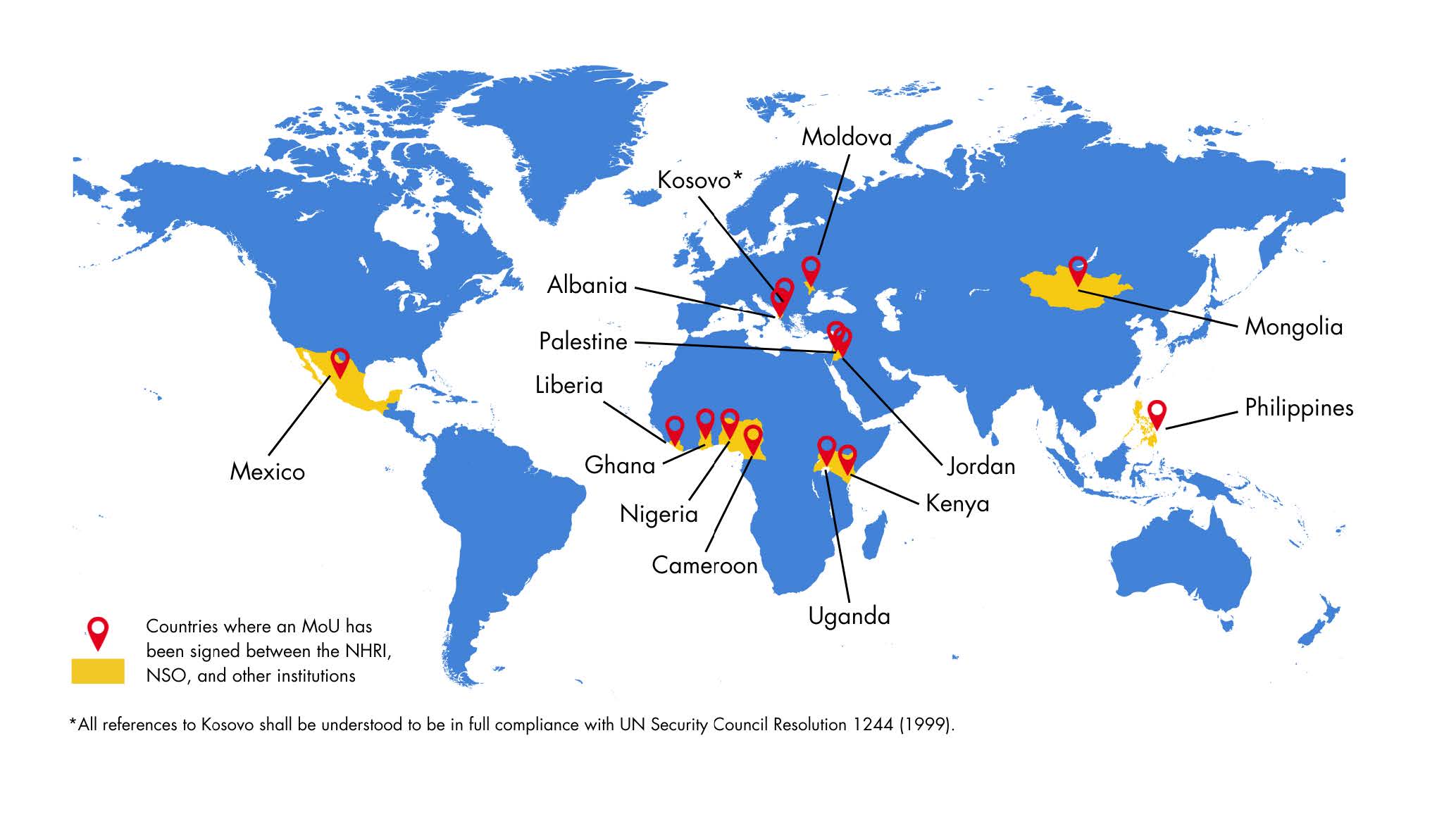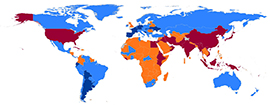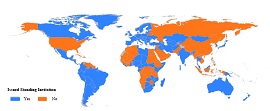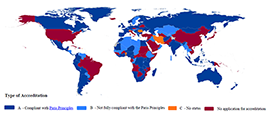Human rights indicators
Tools for measuring progress
Human rights indicators are essential in the implementation of human rights standards and commitments, to support policy formulation, impact assessment and transparency.
OHCHR has developed a framework of indicators to respond to a longstanding demand to develop and deploy appropriate statistical indicators in furthering the cause of human rights.
One of the recommendations of the World Conference on Human Rights in Vienna was the use and analysis of indicators to help measure progress in human rights.
Several years of research and consultation went into the development of this tool. It was guided by the principles of universality, impartiality, objectivity and cooperation to strengthen the capacity of Member States in meeting their human rights obligations.
This framework is already being applied by national governments, national human rights institutions and non-governmental organisations worldwide.
Human Rights-Based Approach to Data
OHCHR has developed the Human Rights-Based Approach to Data (HRBAD), demonstrating how data can be produced following international human rights and statistical standards while putting people at the center. It operationalizes the "leave no-one behind" principle and draws attention to human rights and their practical and normative contributions to ensuring meaningful participation, especially by vulnerable and at-risk groups, in all stages of the data life cycle. The approach also improves visibility around groups left behind and reinforces equality and non-discrimination. In addition, the HRBAD highlights the nexus between human rights standards and data-specific ethical and professional principles, particularly the Fundamental Principles of Official Statistics. It espouses six key principles: participation, self-identification, data disaggregation, privacy, transparency, and accountability that national statistical systems need to operationalize.
Data Partnerships between National Statistical Offices and National Human Rights Institutions
Relevant and reliable data and statistics are essential for promoting and protecting human rights. However, many marginalized and vulnerable groups often remain invisible in official statistics.
National-level data partnerships between National Statistical Offices (NSOs) and National Human Rights Institutions (NHRIs) are key to addressing this. These partnerships can advance a Human Rights-Based Approach to Data (HRBAD), grounded in international human rights norms and principles. By working together, NSOs and NHRIs can also leverage data from non-traditional sources, such as civil society organizations, to provide a more complete picture of the realities faced by diverse population groups.
OHCHR actively supports and promotes these collaborations. Below are examples where the National Statistical Offices and National Human Rights Institutions have formalized partnerships and taken steps to operationalise HRBAD, with the guidance and support of OHCHR.
Video on the Human Rights-Based Approach to Data
Maps and Data
Interactive Map: Status of Ratification of Human Rights Treaties
Map: Acceptance of 9 Individual Complaints Procedures
Map: Reporting compliance by State parties to the human rights treaty bodies
Map: Standing Invitations for Country Visits to the Special Procedures
Map: Accreditation of National Human Rights Institutions
Contact us
For more information about human rights indicators please e-mail us at OHCHR-SDGindicators@un.org.
Highlights
Human Rights - New Domain of Official statistics
Regional Training on Measuring SDG 16 in Africa II
Civil registrations and vital statistics: Here's why they're fundamental to society
Count Us In - Breaking the Cycle of Invisibility in Data. UNSC 53 Side Event 15 Feb
Regional Training on Measuring SDG 16 in Asia
UN World Data Forum 2021: Increasing trust in data and statistics
Banner
LinkedIn Live Event
Regional Training to Measure SDG16 in Latin America and the Caribbean: Peace, Justice and Strong Institutions English | Español
Human Rights Standards for Data Disaggregation in the Sustainable Development Goals Indicators
Older persons and human rights in the post-2015 development agenda
Note on Statistics and Human Rights in the Post-2015 Development Agenda
A human rights approach to data disaggregation to leave no one behind
